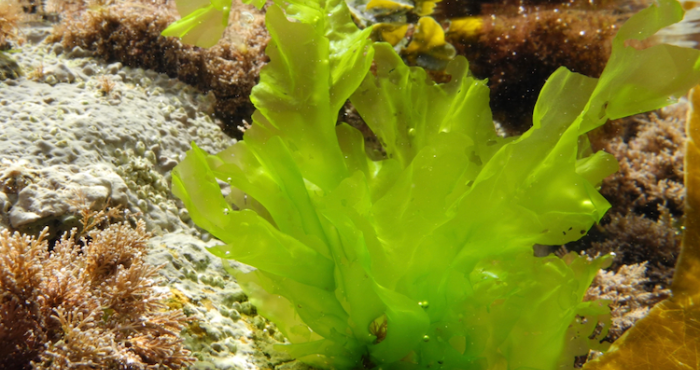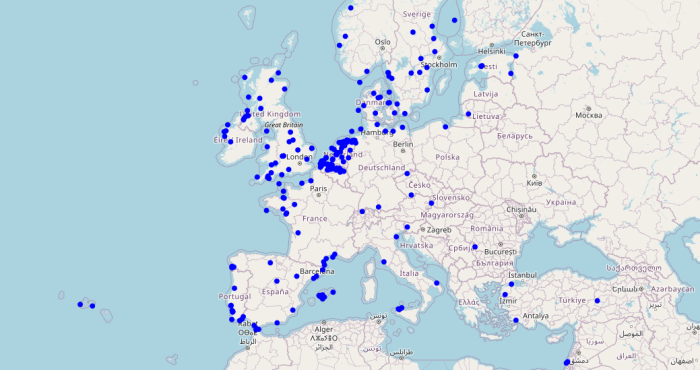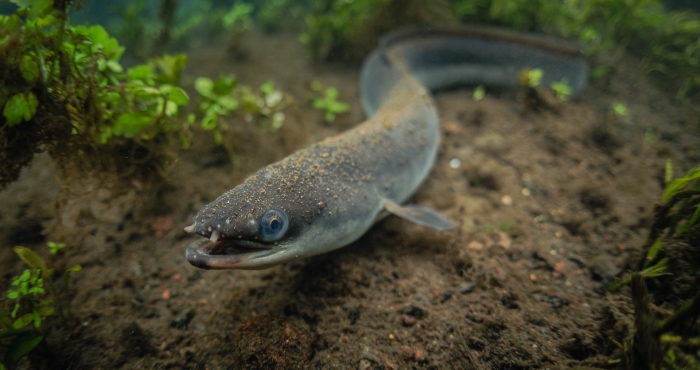Noise pollution in the North Sea
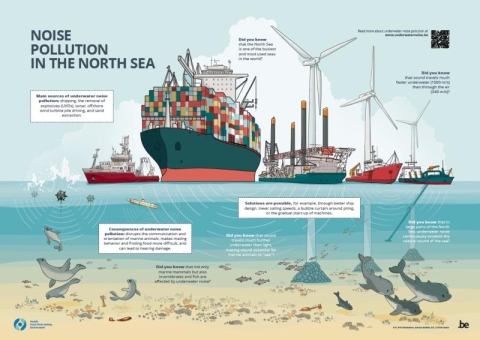
Sources and Consequences of Underwater Noise
Over the past decades, underwater noise from human activities in the Belgian part of the North Sea has significantly increased. The main sources of underwater noise are shipping, explosive clearance, sonar, the construction of wind farms, and sand extraction and dredging.
For many marine species, such as marine mammals, fish, and even invertebrates, hearing is a crucial sense. Because there is little light underwater, sound plays an essential role in their survival. Sound waves help them with orientation, communication, finding food, and reproduction. Additionally, sound waves propagate much more efficiently underwater than in the air: they are barely attenuated and move up to five times faster, reaching speeds of up to 1,500 meters per second. Increasing research shows that underwater noise pollution has a negative impact on marine life.
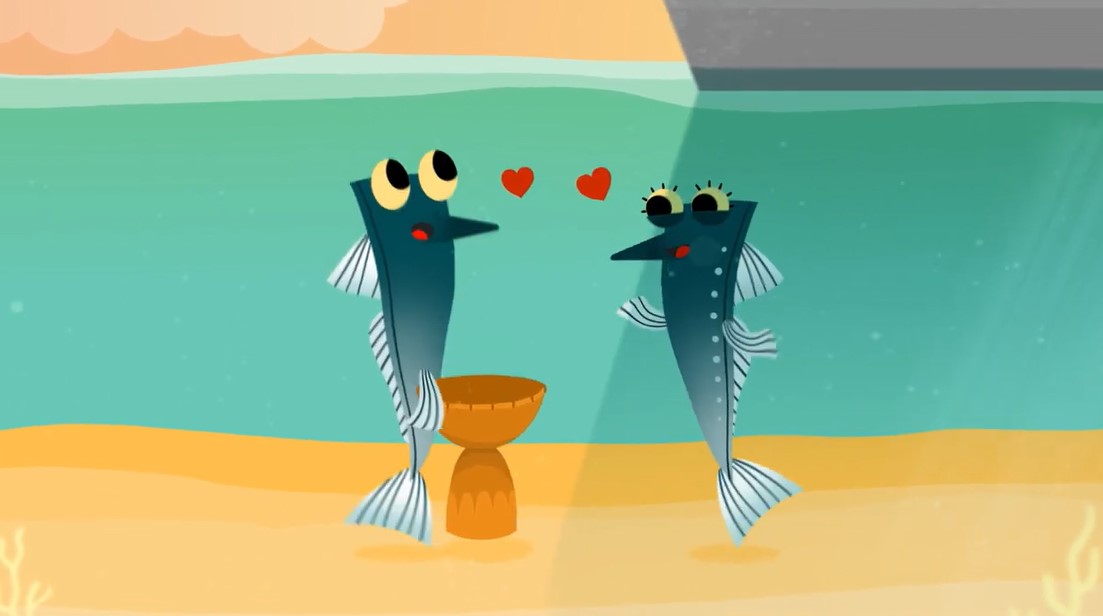
Possible solutions to underwater noise pollution
Underwater noise is a growing issue in the Belgian North Sea. Because sound travels so far, it is also a transboundary problem. Therefore, regional cooperation with various countries around the North Sea is underway. As part of the OSPAR Convention, a regional action plan for underwater noise is currently being developed (Regional Action Plan for Underwater Noise). This plan includes national and collective actions to reduce noise pollution.
There are measures in place to mitigate the impact of underwater noise, such as improved ship design, reduced vessel speed, a bubble curtain during pile driving, or the gradual startup of sonar devices or machinery used for pile driving.
A sound library for the North Sea
With the help of the LifeWatch Belgium project, the Flanders Marine Institute (VLIZ) is currently developing a library of long-term underwater sounds from the North Sea. This sound library is set to launch in the summer of 2025. Well-described sound events will be ingested by the library and available according to the FAIR data principles.
Want to learn more? Visit the SoundLib website.

